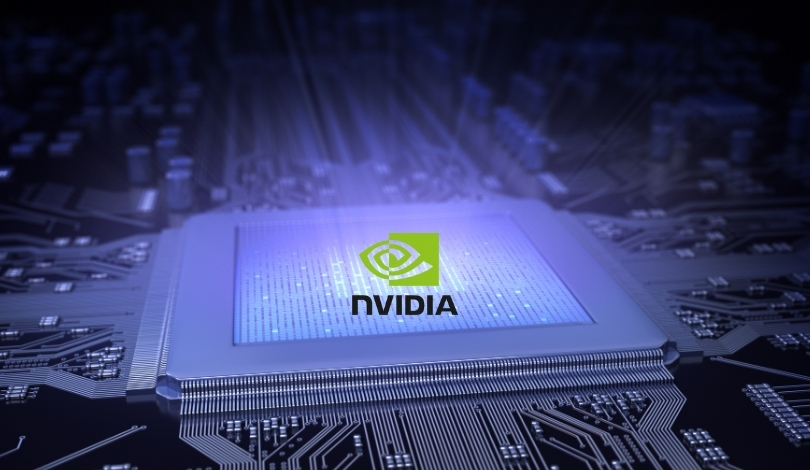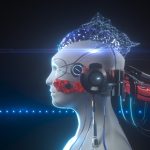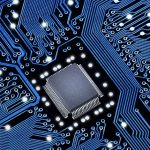Modern artificial intelligence workloads continue to strain existing data center infrastructure, pushing organizations to reconsider how computational resources are deployed globally. As demand grows for larger and more sophisticated AI models, extending the performance of a single facility has become increasingly impractical. NVIDIA has introduced Spectrum-XGS Ethernet, aiming to mitigate these challenges by linking multiple data centers over extended distances, with the potential to create “giga-scale AI super-factories.” Longer-term impacts could include reshaping the design of AI infrastructure as enterprises strive to balance scalability and operational efficiency.
Many earlier discussions centered on limitations in scaling by increasing hardware within a single building or adding local clusters, as well as obstacles from traditional Ethernet networking in ensuring reliable interconnection across locations. Unlike former networking solutions, Spectrum-XGS is described as incorporating advanced algorithms to adapt to distance and to manage latency and congestion, theoretically overcoming persistent bottlenecks and jitter. Previous coverage highlighted power, cooling, and regulatory barriers, but did not explore technical responses in as much depth. Now, NVIDIA’s approach is presented as a technical response rather than just a stopgap, with industry adoption by companies like CoreWeave positioned as a crucial indicator of its real-world impact.
What drives NVIDIA’s new networking strategy?
The push for Spectrum-XGS stems from constraints in existing AI infrastructure, where traditional approaches are hampered by limitations in power supply, space, and inter-site communication speed. Legacy Ethernet networks often introduce unpredictable delays and inconsistent data throughput, hindering distributed AI tasks. By addressing these difficulties, NVIDIA aims to support the industry’s need for distributed, large-scale AI computation.
How does Spectrum-XGS aim to improve connectivity?
Spectrum-XGS is built onto NVIDIA’s existing Spectrum-X Ethernet platform and is designed to foster synchronization between geographically dispersed data centers. The platform includes new distance-aware algorithms, congestion controls, and improved telemetry. NVIDIA claims these enhancements could “nearly double the performance of the NVIDIA Collective Communications Library” across distributed nodes, an achievement targeting organizations looking to utilize resources at various locations without performance compromise.
Will industry partners benefit from early adoption?
Cloud infrastructure provider CoreWeave is set to be an early test case for the technology’s effectiveness in practice. Peter Salanki, CTO of CoreWeave, noted,
“With NVIDIA Spectrum-XGS, we can connect our data centres into a single, unified supercomputer, giving our customers access to giga-scale AI that will accelerate breakthroughs across every industry.”
According to NVIDIA’s CEO Jensen Huang,
“The AI industrial revolution is here, and giant-scale AI factories are the essential infrastructure.”
The practical benefits and adoption rates are likely to depend on the balance between cost, performance, and deployment challenges, which include network infrastructure quality and regulatory considerations among multiple jurisdictions.
Recent announcements from NVIDIA, such as the original Spectrum-X platform and Quantum-X silicon photonics, indicate an industry focus on overcoming network bottlenecks rather than merely scaling up single data centers. Despite such technical advancements, latency, reliability, and regulation continue to challenge distributed AI infrastructure. While Spectrum-XGS is promoted as available within the broader Spectrum-X suite, details on pricing and rollout schedules remain to be clarified. Whether these strategies will become mainstream depends on their efficacy in real enterprise deployments.
Deploying Spectrum-XGS Ethernet marks a notable attempt to address the persistent limits of data center expansion for AI. The ultimate effectiveness depends on more than just improved networking—it will require concurrent solutions in data management, synchronization, and governance. For organizations operating AI workloads, understanding both the technical and operational implications of distributed computing is essential, as the decision to interconnect multiple facilities versus centralizing operations remains complex. Should Spectrum-XGS deliver as described, businesses may benefit through greater flexibility and efficiency, though the long-term success will be measured by cost, reliability, and regulatory acceptance of distributed AI architectures.










